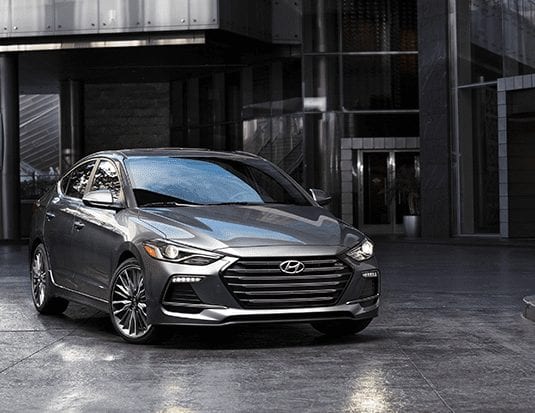The HP tire market is more complicated and specialized than ever. You need to stay ahead of your customers’ needs and expectations.
In the 1990s, and in the early years of this millennium, defining high performance tires was easy: lower profiles (55 series and down), higher speed ratings (V and up), fitted to performance cars and sports cars.
Today, there are family sedans equipped with 45 series tires with V and even W speed ratings: Toyota Corolla, Hyundai Elantra, Mazda 6, Toyota Camry, Honda Accord, Chevrolet Impala, to name a few.
Why are car manufacturers fitting these tires to family sedans? Well, these family sedans are capable of higher speeds than their predecessors, and many of today’s commuters are driving longer distances at higher sustained speeds than in the past. Car manufacturers are very concerned with safety and spend a lot of time and many millions of dollars on research that has proven that lower profile tires, with higher speed ratings, improve cornering, handling and braking, at any speed.
A growing market
High performance tires as OE on family sedans, CUVs and SUVs will continue to grow. Improved cornering, handling and braking, and the positive impact these have on vehicle safety, will continue to drive this trend. Some will say that “cosmetics” is a factor, as these lower profile tires and larger wheels can improve the look of a vehicle. This is true, and just strengthens the business case for the car manufacturers as they can hit both safety improvements and improved looks with one shot.
How does this affect the high performance tire category? Today the category contains tires optimized for a wide range of different applications. The high performance tire, fitted to a family sedan, may not work well on a sports car, even if it is the same size and speed rating. Sounds complicated and specialized? Well, today’s tire industry is complicated and populated with specialized products.
Homologation codes
Many high performance tires have “homologation codes” or “homologation marks” on the sidewall. Some examples are AO or RO1 for Audi, MO or MO1 for Mercedes- Benz, N0, N1, N2 etc. for Porsche, * for BMW & MINI, J or JRS for Jaguar, MGT for Maserati, LR for Land Rover / Range Rover. There are many more.
Different vehicles may use the same size tire, in the same brand and tread pattern, but the tires are technically different and should not be mixed. Sometimes there is a nominal difference in price between the different homologations in the same size, but the tires are different and there is only one correct fitment for the vehicle.
As a tire retailer, you must be the tire expert. You must use every opportunity to learn. The way you did things 10 years ago, or five years ago, may not be the correct way today. The products you sell are changing, and your consumer has more access to information on tires, and in many cases is an educated consumer who has done a lot of research on tires.
You are the tire retailer, the tire expert, the tire professional. You must be more educated on tires than your consumer. Your ability to confidently speak to the consumer about the best tire for their vehicle and their driving habits can only come from product education and knowledge.
You are entering the prime selling season for high performance tires. Be prepared to win with product education and knowledge. Speak with your consumers. Look at what they drive. Ask them how they drive and what they want from their tires, and then sell them the right product to meet their parameters. Sell high performance smart, and sell high performance profitably.



